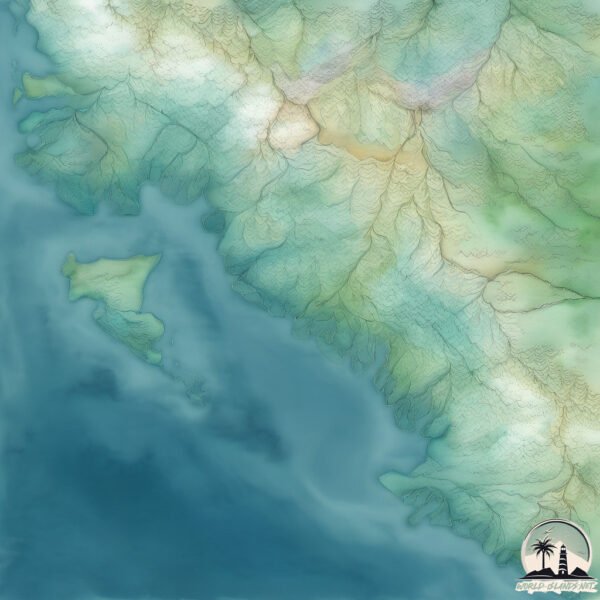Bell

Welcome to Bell, a Polar island in the South Pacific Ocean, part of the majestic Pacific Ocean. This guide offers a comprehensive overview of what makes Bell unique – from its geography and climate to its population, infrastructure, and beyond. Dive into the details:
- Geography and Size: Explore the island’s size and location.
- Climate and Weather: Weather patterns and temperature.
- Topography and Nature: Uncover the natural wonders of the island.
- Infrastructure and Travelling: Insights on reaching, staying, and making the most of your visit.
- News and Headlines: Latest News.
Geography and size of Bell
Size: 8.569 km²
Coastline: 21 km
Ocean: Pacific Ocean
Sea: South Pacific Ocean
Continent: South America
Bell is a Small Island spanning 8.6 km² with a coastline of 21 km.
Archipel: –
Tectonic Plate: South America – A major plate covering the South American continent and part of the Atlantic Ocean, known for the Andes mountain range and significant seismic and volcanic activity.
The geographic heart of the island is pinpointed at these coordinates:
Latitude: -51.28559559 / Longitude: -74.46372722
Climate and weather of Bell
Climate Zone: Polar
Climate Details: Tundra
Temperature: Cold
Climate Characteristics: The tundra climate features long, extremely cold winters and short, cool summers. Vegetation is limited to mosses, lichens, and small shrubs due to the low temperatures and short growing seasons. Biodiversity is low, but some specialized species thrive.
Topography and nature of Bell
Timezone: UTC-04:00
Timezone places: America/La_Paz
Max. Elevation: 164 m
Mean Elevation: 82 m
Vegetation: Herbaceous Cover
Tree Coverage: 51%
The mean elevation is 82 m. The highest elevation on the island reaches approximately 164 meters above sea level. The island is characterized by Plains: Flat, low-lying lands characterized by a maximum elevation of up to 200 meters. On islands, plains are typically coastal lowlands or central flat areas.
Dominating Vegetation: Herbaceous Cover
Comprising mainly of grasses, herbs, and ferns, these areas are common in prairies, meadows, and savannas, and can vary widely in species composition. Bell has a tree cover of 51 %.
Vegetation: 7 vegetation zones – Very Highly Diverse Island
Islands in this range are ecological powerhouses, showcasing a wide array of vegetation zones. Each zone, from lush rainforests to arid scrublands, coastal mangroves to mountainous regions, contributes to a complex and interdependent ecosystem. These islands are often hotspots of biodiversity, supporting numerous species and intricate ecological processes.
Infrastructure and Travelling to Bell
Does the island have a public airport? no.
There is no public and scheduled airport on Bell. The nearest airport is Lieutenant Julio Gallardo Airport, located 217 km away.
Does the island have a major port? no.
There are no major ports on Bell. The closest major port is PUERTO NATALES, approximately 214 km away.
The mean population of Bell is 1 per km². Bell is Uninhabited. The island belongs to Chile.
Continuing your journey, Soffia is the next notable island, situated merely km away.
Chile is classified as Emerging region: G20: Group of Twenty – Major economies comprising both developed and emerging countries, representing the world’s largest economies. The level of income is Upper middle income.
News – Latest Updates and Headlines from Bell
Stay informed with the most recent news and important headlines from Bell. Here’s a roundup of the latest developments.
Please note: The data used here has been primarily extracted from satellite readings. Deviations from exact values may occur, particularly regarding the height of elevations and population density. Land area and coastline measurements refer to average values at mean high tide.
